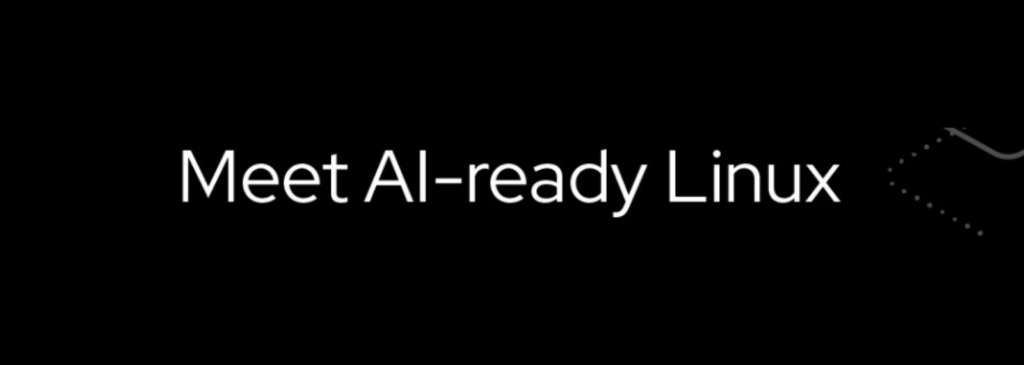End of life for CentOS 7: do you have an alternative in place?
Are you a loyal user of CentOS Linux 7? Then you need to sit up and pay attention right now. In the coming months, you’ll have to look for an alternative to your trusted Linux operating system. If you’ve already found a solution, you’ll need to implement it before the end of June. Discover the alternative to cover the end of life for CentOS è.
EOL. End of life. Three little words that tell you a supplier is ceasing production of a product and that they’ll no longer be providing support. The product doesn’t immediately cease to exist, but continuing to use it will eventually present a number of limitations and risks.
Is it safe?
For anyone who continues to use CentOS 7 after June, these risks are unavoidable. CentOS 7 is a license-free Linux distribution that offers all the features and benefits of the commercial operating system Red Hat Enterprise Linux (RHEL). Red Hat has validated CentOS 7. However, it’s a community product, meaning that Red Hat doesn’t provide professional support for this non-commercial release. Instead, you must rely on the community. But apart from that, CentOS 7 — as a perfect copy of RHEL — benefits from all the updates and security patches that make the commercial version so solid and reliable. No wonder, then, that CentOS 7 remains so popular to this day.
However, after June 30, all that will be in the past. CentOS 7 will take on the irrevocable status of an end-of-life product. This inevitably presents safety risks. Will you continue to use an outdated operating system that no longer receives security updates? Then you know that sooner or later you’ll have to deal with vulnerabilities.
Processing all that data requires an enormous amount of processing power. This is in turn generated by chips, a fact that benefits a chip developer like Nvidia. Which is renowned as the market leader in graphics chips, or GPUs. These are essential to building AI applications. It’s not without reason that you hear the term “GPU-accelerated computing” more and more these days.
This requires the use of a graphics processing unit (GPU) in addition to a central processing unit (CPU) to speed up processing-intensive operations. GPU-accelerated computing is especially beneficial in data-intensive applications. Read artificial intelligence and machine learning (ML).
Doing nothing is not an option
The reality is that there’s little choice. If you want to continue working safely, you have to switch to another operating system. However, there aren’t many alternatives right now. Maybe you’re considering giving CentOS Stream, the successor to CentOS 7, a try? Keep in mind that, unlike CentOS 7, Stream hasn’t yet been fully validated by Red Hat.

It’s only an intermediate step on the way to a new version of Red Hat Enterprise Linux. If you migrate to CentOS Stream, you’re choosing to act as a guinea pig — not the most attractive prospect.
Red Hat offers a discount
All things considered, migrating to a commercial Linux distribution like Red Hat Enterprise Linux is the best option, and it’s certainly the option we most often recommend to our customers and prospects. Yes, it requires an investment. After all, you have to pay for your licenses. But Red Hat eases the pain by offering a very generous discount to customers who switch from CentOS 7 to RHEL.
And it’s money well spent. This way you enjoy official support and development from Red Hat — guaranteed for a long time — which is something you never can be sure of with a license-free Linux distribution such as CentOS Stream.
If you choose RHEL, your new operating system will be part of a certified ecosystem. All hardware that works with RHEL is supported, just like all the software that runs on it. Because the security patching is always up to date, RHEL remains by far the safest option. And of course you enjoy many extras, such as the analysis tools from Red Hat Insights and the Red Hat Software Collections (RHSCL) for developers.

Last call for migration!
Another advantage is that because CentOS 7 is in a sense a copy of RHEL, the migration process is quite simple. Instead of manually redeploying all your workloads, we recommend you use Convert2RHEL, a do-it-yourself tool developed by Red Hat itself, which provides an automated way of migrating.
Do you want to be absolutely sure that your migration goes smoothly? Then don’t hesitate to call on our expertise. As a privileged local partner of Red Hat, we have all the knowledge and experience necessary to guide you through the process, including on-site. We really only have one tip: don’t put off your decision any longer. The end of June is just around the corner.
If you’d like to power up your business with AI but are still unsure about the right approach, we’d love to help. As a certified Red Hat partner, we’re ready to get you started!
Do you want to know more about the end of life for CentOS 7 and how we can help you move to RHEL? Contact us!
Are you eager to know more about our service? Discover them here.


